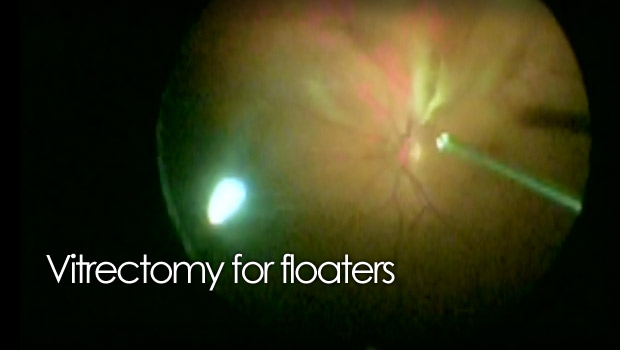Pars plana vitrectomy for floaters
Pars-plana vitrectomy for floaters Pars plana vitrectomy for floaters Vitrectomy for floaters is a retina surgery performed by a retinal specialist. […]


Pars plana vitrectomy for floaters
Pars-plana vitrectomy for floaters Pars plana vitrectomy for floaters Vitrectomy for floaters is a retina surgery performed by a retinal specialist. […]
Pars-plana vitrectomy for floaters
Pars plana vitrectomy for floaters
Vitrectomy for floaters is a retina surgery performed by a retinal specialist. The procedure is the most common of all retina surgical procedures.
The surgery is typically done under general anesthesia in a hospital or surgical center. General anesthesia is typically used. Vitrectomy surgery should cause no discomfort to the patient as the procedure is being performed.
Vitrectomy begins with the surgeon inserting several “ports” into the eye’s sclera (the “whites” of the eye). Through these ports, the surgeon will insert his instruments – usually an infusion instrument (this helps to maintain proper pressure inside the eye during vitrectomy surgery); a light pipe (for visualization inside the eye); and the actual operating instruments: vitrector, forceps…etc.
Once the ports are in place, the surgeon will remove the vitreous, the clear gel inside the eye, responsible for the eye’s structure and roundness. Since the floaters are contained within the vitreous, they are removed with the vitreous and will never return. The vitreous is replaced with a liquid salt solution. This solution is replaced by the eye’s natural fluid within days of the procedure.
The eye is then closed and the healing process begins. Dr. Deupree use a small incision sutureless technique. This will result in faster healing times for the patient. It can take several weeks or even months to recover normal vision after a vitrectomy.
See an animated vitrectomy surgery







